| I had the opportunity to go to Spokane, Washington for a few days in mid-September with my wife. She is studying Communication and Leadership as a distance learner with Gonzaga University and had a class on campus. Because of this program, she has put together her own blog site, which is quite pretty, imho. I spent most of two days finishing up a paper for and advanced research class of my own, then spent a lot of time walking up and down the beautiful paths along side the Spokane River, around Riverfront Park, and around downtown Spokane. Views like this are common. The air was a bit hazy because of the wildfires in the area, and the river was low, but the weather was perfect and the city delightful. Being Christian, but not being Catholic, some aspects of Gonzaga were unusual to me, but I quite enjoyed the campus. I was struck by how easy it is to feel at cross-purposes with Christians of other faiths, and yet how important it is that we who have so much in common should support each other, encourage each other and joy in each others' successes. As I pondered on these feelings, the truth of them sank into my soul, and I found myself being very glad for the successes of this university that strives to instill faith and good works into the hearts of so many students. I felt that their purposes fit very well with my own beloved BYU's "Enter to Learn, go forth to Serve" unofficial motto. |
|
0 Comments
Out of curiosity tonight, I searched for my old elementary school, Lynn Lane Elementary, which was torn down some years ago. I ran across a site with a set of sad "abandoned building" photos of the school's permanent structures. I shared some of my thoughts on that site, which I will repost here.
The site is http://www.abandonedok.com/lynn-lane-school/ . Not only were the photos interesting, but other people's postings were as well. ---------------- I'm quite late to this party, but just saw the site. I went to first through 5th grade at Lynn Lane Elementary (1972 through 1977--the last couple of years they'd migrated most students out). I have wonderful childhood memories of the place. It's sad to see it in such a state, but buildings do not last forever. Even in their poor state, these photos brought out a lot of memories for me, things I have not thought about in decades. I only remember a few of my teachers' names, but they had a profound effect on me, as children's teachers will. Mr. Petcoff was the principle--he was a kind man, and I have always looked up to, and liked him. I also liked Mr. Davis, the PE teacher, who taught square dancing as well as the standard dodgeball, tetherball, baseball, etc. I recall a few other teachers, but will control the urge to go on here, and just focus on the school. When I was there, we had 5 portable buildings, from (as I was told) re-purposed WWII barracks. Those were long gone before these pictures were taken. They were for kindergarten, 1st and 2nd grades, 3rd grade, 4th and 5th grade, and the cafeteria and the library. From south to north in the south building, I remember the rooms being (when I was there): art (on the south end), music (with a small stage where we did our childhood plays), 4th grade science, a multi-purpose room where they had the nurse's station, etc., and the principal's and secretary's offices and copy room (the mimeograph machine with its odd purple output). . The north building was, when I was there, the gymnasium (though I'd heard it had previously been the cafeteria as well). We did a lot of PE outside, but when we were inside, we would use the mats for tumbling, or we would square dance, or play some games with a parachute (my favorite), or some long bamboo sticks. The storm shelter was always a place of intrigue to me as a child. It was small, so not many classes could fit down there, but I recall going down there once or twice with my class, either for drills or for actual tornado warnings. I recall that a few times, it was full of water, though I don’t know why it filled up (bad rain storms, maybe?). I too remember the wild onions, honeysuckle and wildflowers around the edges of the property—many of the children in my class were quite taken with the onions, which made the rooms stink at some times of the year. The brook and its bridge were magical, and having all that room to run and play on across the stream was amazing as a child. I discovered books and SRA cards in the library and media center. I remember the big fans in the windows at the beginning of the school year, as there was no air conditioning, and the one big space heater in the gymnasium that kicked on every so often, and the crack in the east wall at the southeast corner of the gym between the cinder blocks (big enough to see through). The school was reused as a charter school or something in the 1980's for a bit, before being closed down completely. I walked around the grounds for a few minutes, reminiscing, after I found it had been torn down completely. Seeing these photos reminds me that a school is far more than just a set of buildings, and that the impact of an elementary school is profound, deep, and long-lasting. (I hope the owners of the site don't mind me posting one of their photos, as these buildings are long gone.) I decided to try playing with some star photos. It's a little cold for spending a lot of time out doors, but the sky is beautiful this time of year. I somehow slipped in before a couple of days of fog. This shot was taken on the south sore of Utah Lake, but looking away from the city, towards the southeast. This will be a fun type of photography to explore.I purchased a new camera this Fall, and the weather was beautifully agreeable, so I've been posting photos to Flickr, Google+ and Twitter. Here are a few more that I have not posted there.I have been fairly busy this summer, with finishing up a class on IT Governance in early June, Youth Conference in mid-June, the Velocity 2016 conference in late June, Girl's Camp in early July, Scout Camp in mid-July, and several hikes sprinkled in. The more time I spend in the mountains, the better am able to bounce back from work, school and other stresses.
Here are a set of photos from some of those adventures (in no particular order). A few weeks ago, I was able to attend the O'Reilly Velocity Conference. It was my first time at this particular conference, and I was very impressed with the breadth of coverage. As with all conferences, some sessions were much better than others. I rarely enjoy the infomercial-style sessions, of the "we need to change our culture" whining sessions. But here were several excellent technical sessions, and a few great sleepers (e.g. the one on anxiety in IT ops).
I put together a tl;dr list for my team:
Slides and videos can be found (at the moment) at http://conferences.oreilly.com/velocity/devops-web-performance-ca/public/schedule/proceedings I was lucky enough to go snowshoeing several times during the Christmas holiday. Here three examples. Not as much snow as I would like, but plenty of cold, white landscape, exercise and solitude.
Ah, the holidays. The wonderful time of quiet and rest. Just enough to remind you that you have a lot of work ahead.
In addition to the day job, I'm teaching a SysAdmin class at BYU this semester. And taking a writing class for my PhD program at Capella University. And going to a PhD colloquium in February to find a good dissertation topic and mentor, which is, essentially, another class with its own, shorter, track. This will be a fun few months. My professional space, monitoring, is deceptive. How hard could it be, after all -- you just make sure stuff is up. Worst case, you figure out Nagios or Zabbix or something, and set that up.
Well, scalable enterprise-level monitoring is actually quite hard. Every internal team has a different idea of what monitoring is -- if you ask 10 people what monitoring is, you'll get 8 to 12 answers, with plenty of overlap and plenty of differences in opinion. There are at least a dozen other decent open source monitoring tools, plus several dozen commercial (small and large) tools out there. I work in an open source shop, and a long career has taught me that getting funding for an expensive monitoring package is unlikely to happen. And when it does, then 3 or 4 years later, somebody will refuse to pay the maintenance fee. So open source it is for me. I'll just mention a couple in this post, a couple that we use heavily. Nagios is not a bad first step -- at its core, it's just a time-based script executor with the ability to call alert scripts. -- conditional cron=simple It can tell you when stuff is down, when it's low on resources, when it's not responding. It has plugins for all sorts of things. But those plugins are clunky. The configuration is super clunky. Any time you need to change something, you have to restart Nagios. That's just plain icky. By default you get no historical data, no intelligent escalation, and by the time you've added plugins to help those out, your little Nagios instances has morphed into something quite different. And scaling that different thing is not pretty. Trust me -- I have 120 Nagios servers in my environment. Zabbix gives you more functionality out of the box. I personally find the model awkward, but it gives you nice graphing, a decent UI (as opposed to Nagios config files and VI), a decent API, etc. But scale it out beyond a few thousand hosts and MySQL melts down. I have 50,000 hosts to monitor, with 350,000 services (by Nagios reckoning). And as soon as anybody sees graphs, they want 10 times as many metrics collected. It's funny, but speaking of graphs, most people nowadays see graphs and dashboarding as central to monitoring. Not that these buy you alerts, but they are considered critical for troubleshooting and trend analysis. And, to be honest, they lend themselves nicely to proactive analysis, which can save you from downtime generating crashes. So, my team's solution? Something like this:
|
AuthorRussel is a senior career IT guy and relatively new manager with an academic interest in log management and log data analysis, a professional interest in monitoring and management systems. database management, and programming languages, and personal interests in family, photography, reading, and the outdoors. Archives
January 2023
Categories
All
|



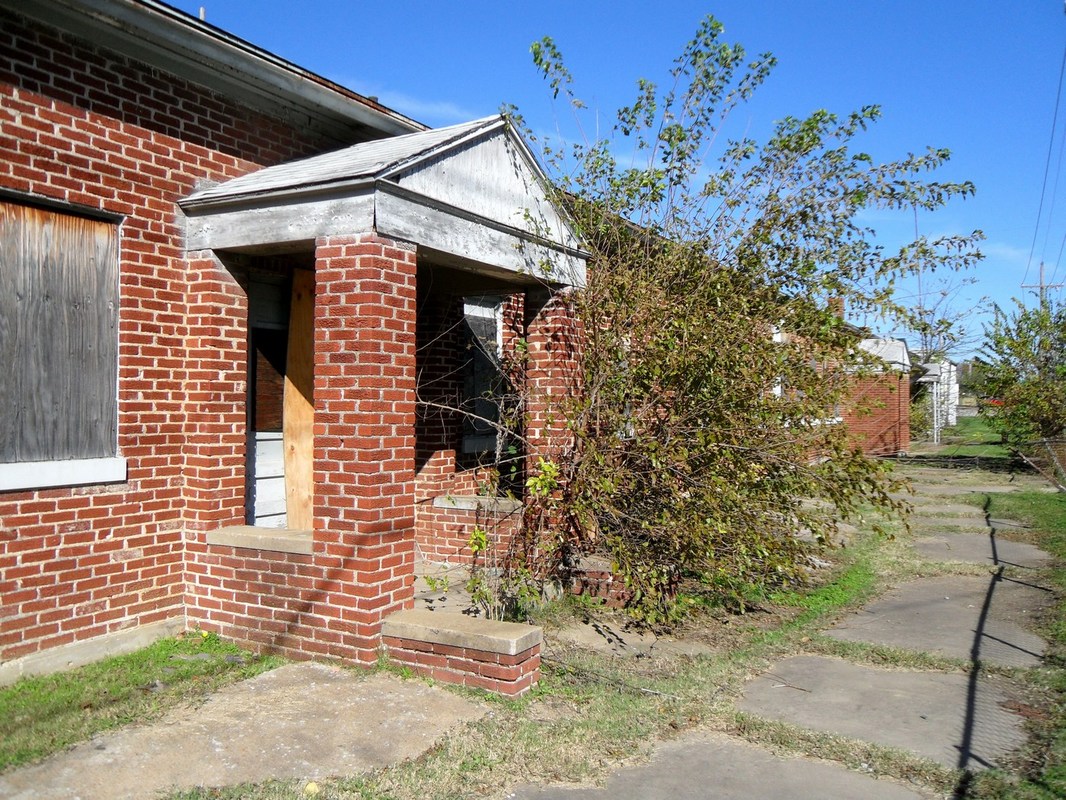














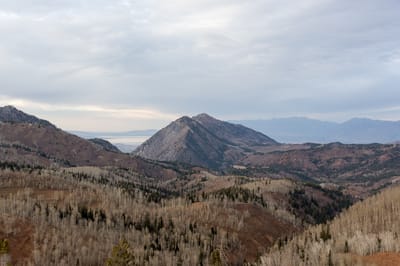







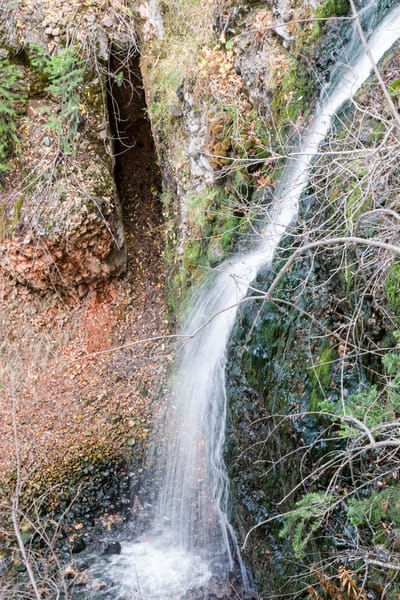

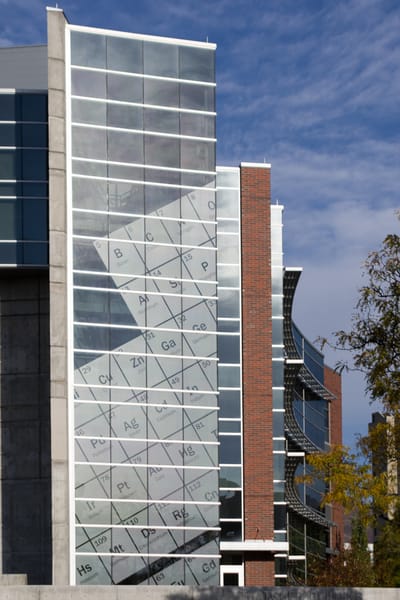





















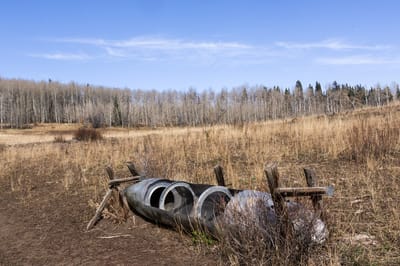

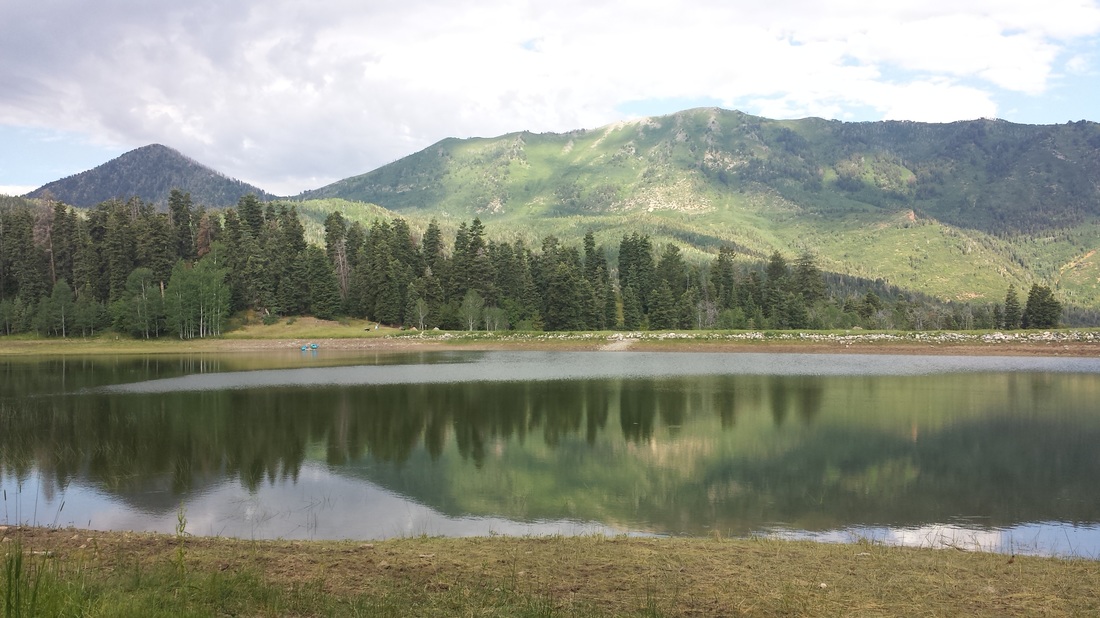

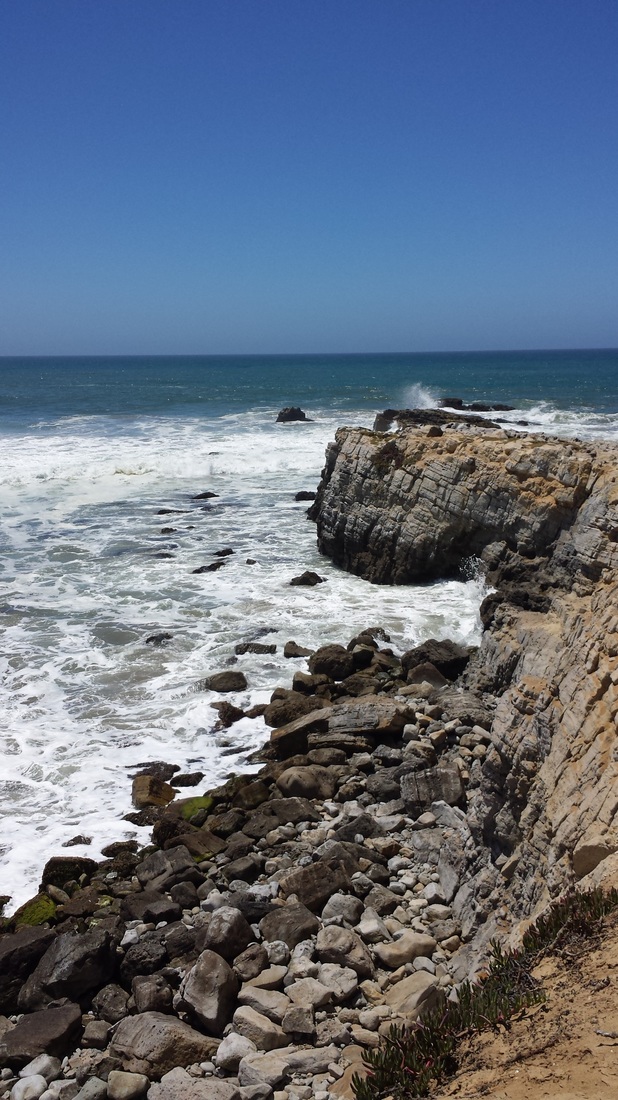








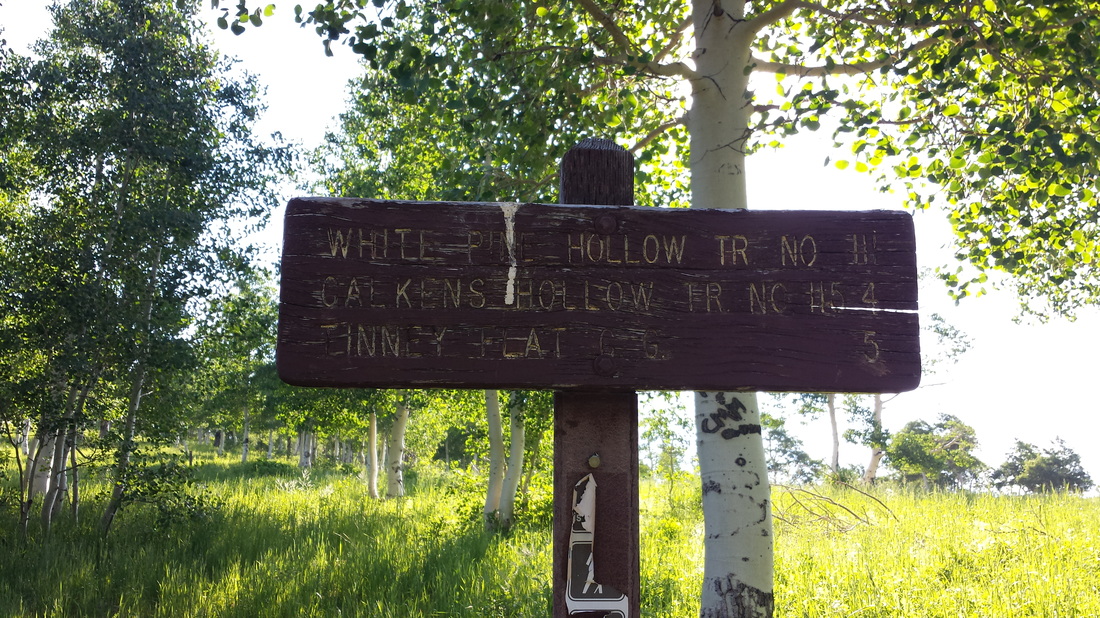
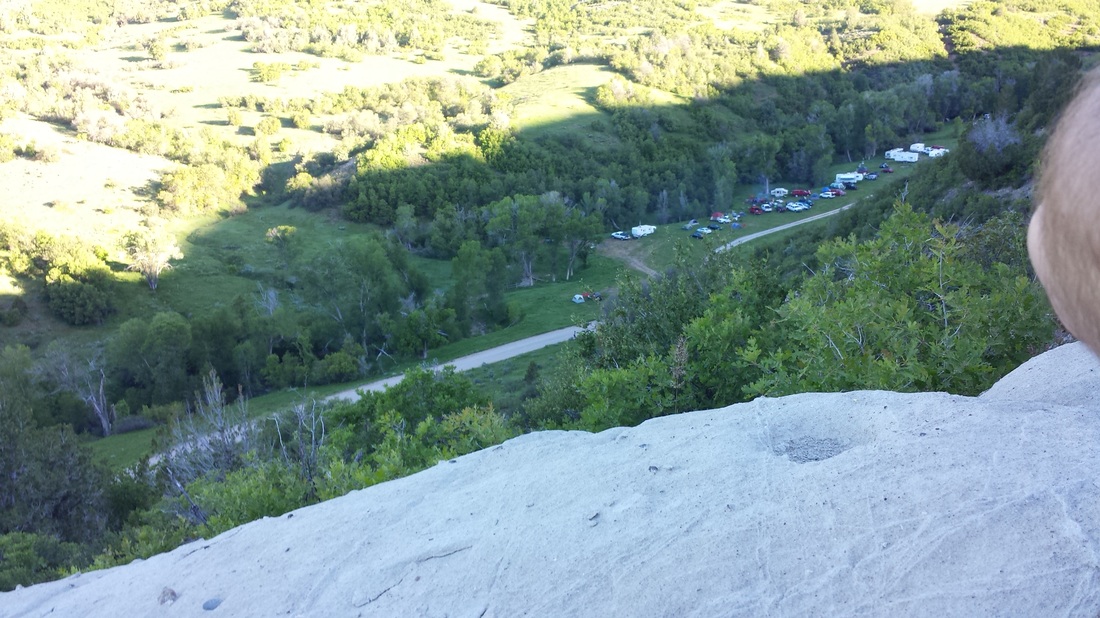




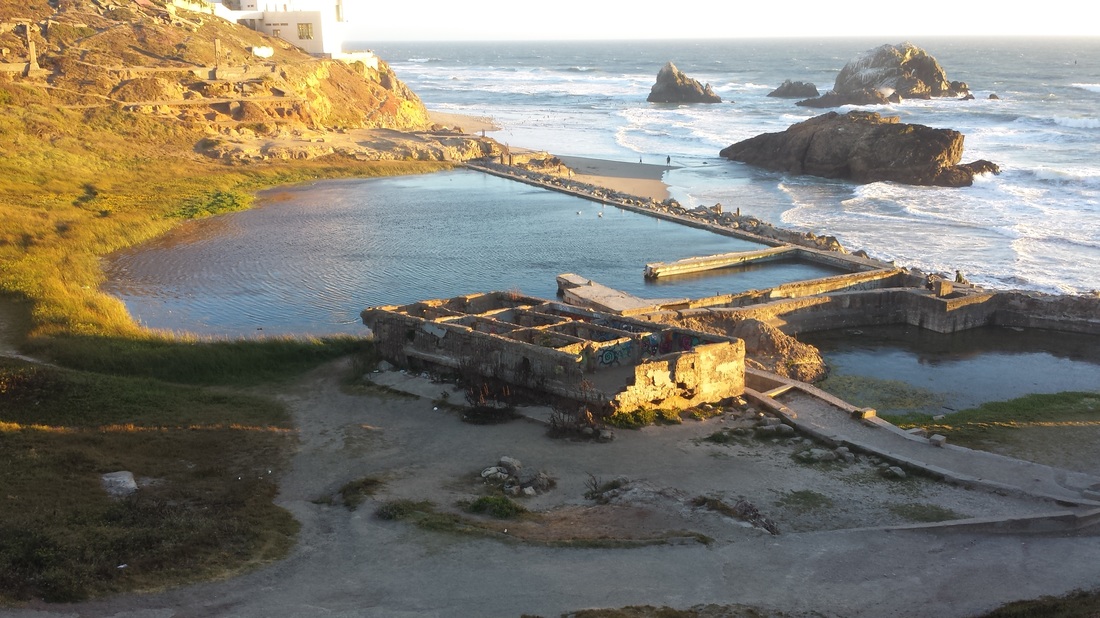

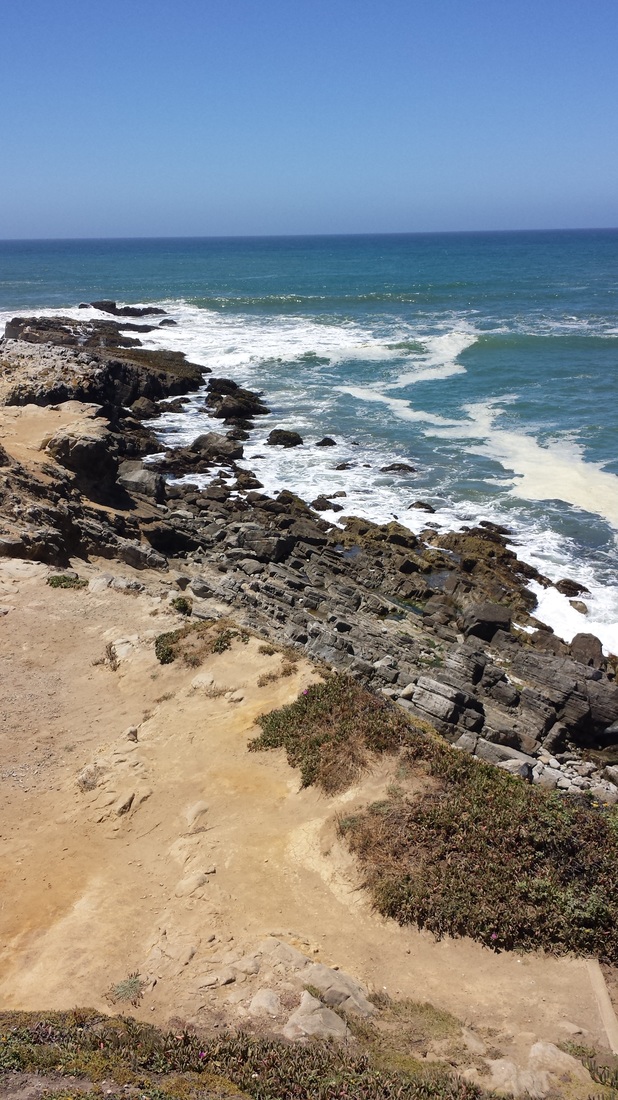


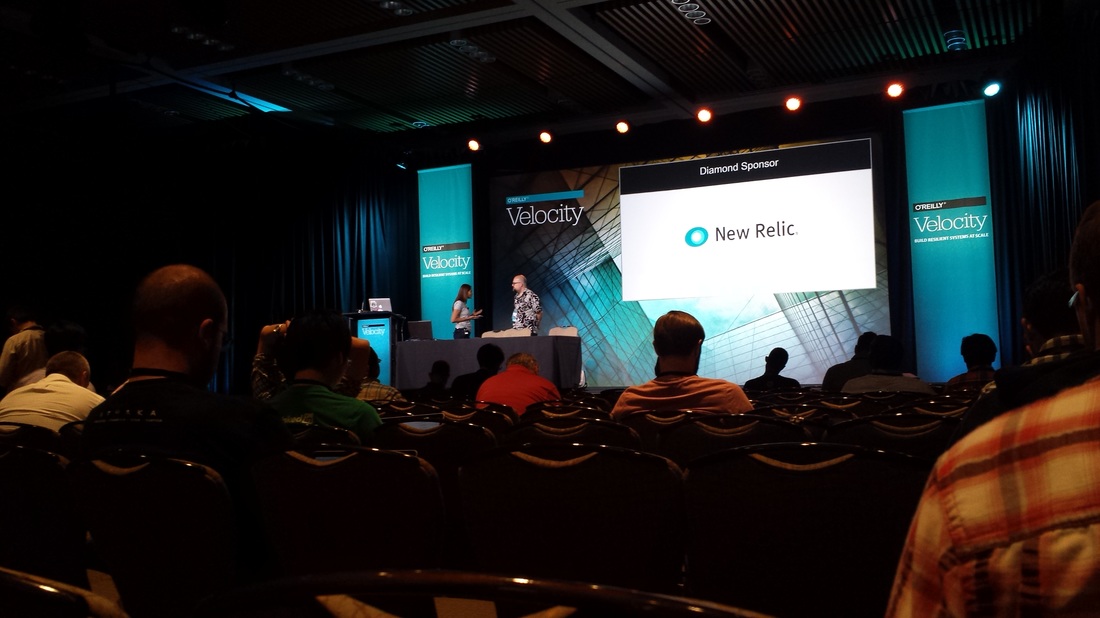



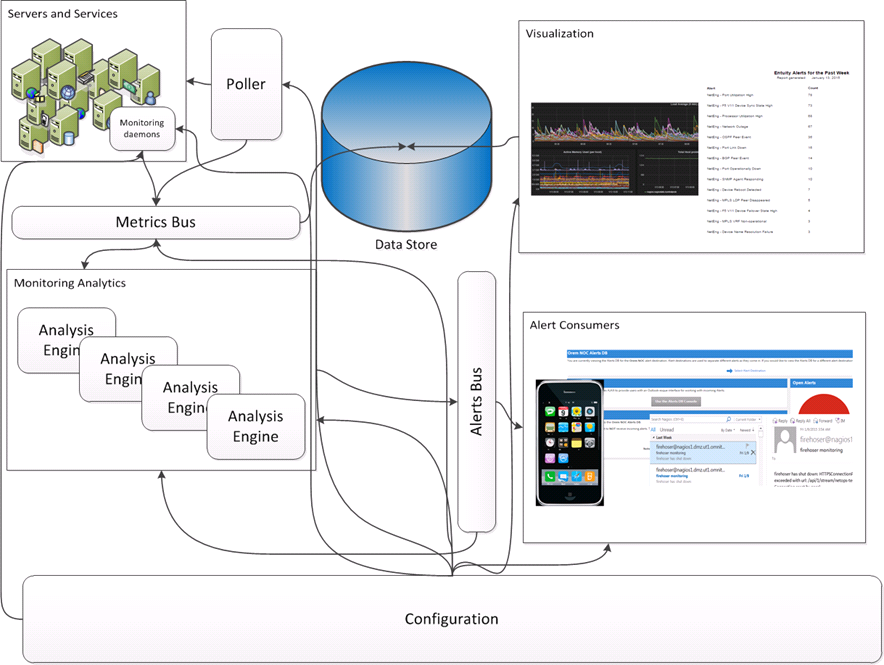









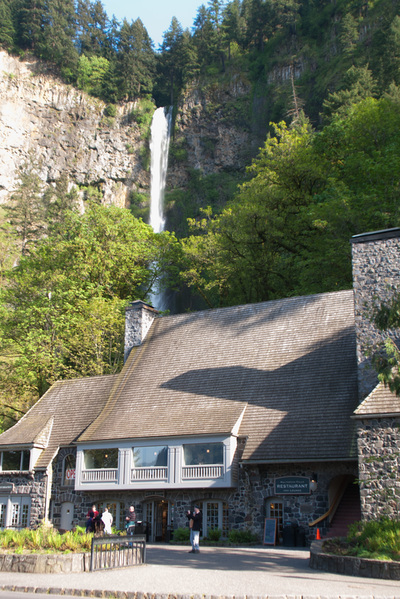



 RSS Feed
RSS Feed
